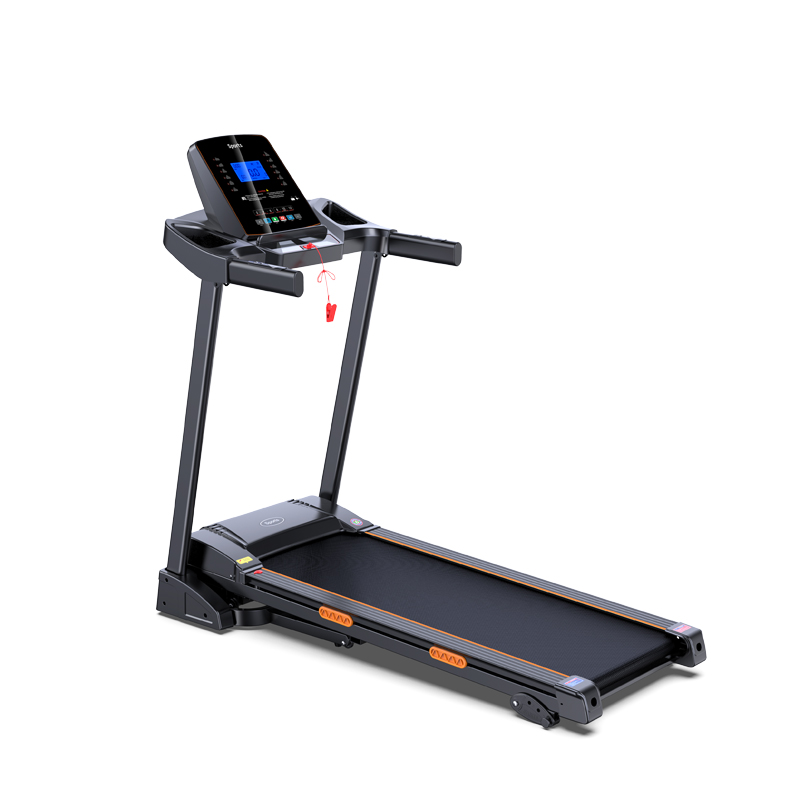Commercial vs Home Treadmills — What’s the Difference?
When it comes to choosing a treadmill, there are a few key factors to consider. One of the most important decisions to make is whether to opt for a commercial treadmill or a home treadmill. Both options have their own set of advantages and disadvantages, and understanding the differences between the two can help you make an informed decision that best suits your needs.
Commercial Treadmills:
Commercial treadmills are designed for heavy usage in settings such as gyms, fitness centers, and health clubs. These treadmills are built to withstand continuous and rigorous use throughout the day. They are constructed with high-quality materials and are equipped with powerful motors, sturdy frames, and durable components. Commercial treadmills are also known for their advanced features and technology, such as larger running surfaces, enhanced shock absorption systems, and interactive workout programs.
One of the primary advantages of commercial treadmills is their durability. They are built to handle the wear and tear of multiple users and are often backed by extensive warranties. Additionally, commercial treadmills typically offer higher maximum speeds and incline levels, making them suitable for intense workouts and training programs. These treadmills also tend to have a higher weight capacity, accommodating a wider range of users.
On the downside, commercial treadmills are larger, heavier, and more expensive than home treadmills. They require ample space and are not easily portable. Due to their robust construction and advanced features, commercial treadmills come with a higher price tag, making them a significant investment for individuals looking to bring the gym experience into their homes.
Home Treadmills:
Home treadmills, on the other hand, are designed for personal use within a household setting. They are generally more compact and lightweight compared to commercial treadmills, making them suitable for smaller spaces and easier to move around if needed. Home treadmills are available in a wide range of models, catering to different budgets and fitness goals. While some home treadmills offer basic functionality for light to moderate workouts, others come equipped with advanced features similar to those found in commercial treadmills.
The primary advantage of home treadmills is their convenience. They allow individuals to exercise in the comfort of their own homes, eliminating the need to travel to a gym or fitness center. Home treadmills are also more budget-friendly, with a variety of options available at different price points to accommodate various financial constraints. Additionally, many home treadmills are designed with user-friendly interfaces and space-saving features, making them ideal for residential use.
However, home treadmills may not be as durable or robust as their commercial counterparts. They are designed for individual use and may not withstand the same level of continuous, heavy-duty workouts as commercial treadmills. Additionally, some home treadmills may have lower weight capacities and fewer advanced features compared to commercial models.
In conclusion, the choice between a commercial treadmill and a home treadmill ultimately depends on individual preferences, fitness goals, and budget. Commercial treadmills are ideal for those seeking a high-performance, durable machine with advanced features, while home treadmills are suitable for individuals looking for convenience, affordability, and space-saving options. Regardless of the option chosen, both commercial and home treadmills offer the benefits of cardiovascular exercise, improved endurance, and overall fitness. It’s important to carefully assess your needs and priorities to select the treadmill that best aligns with your lifestyle and fitness aspirations.
Email : baoyu@ynnpoosports.com
Post time: Apr-08-2024



